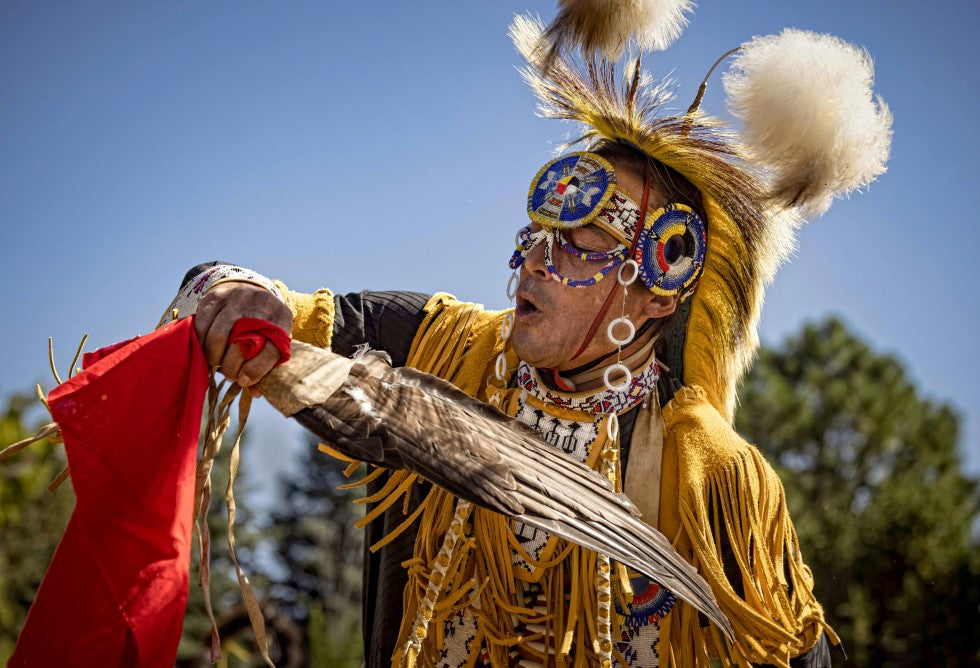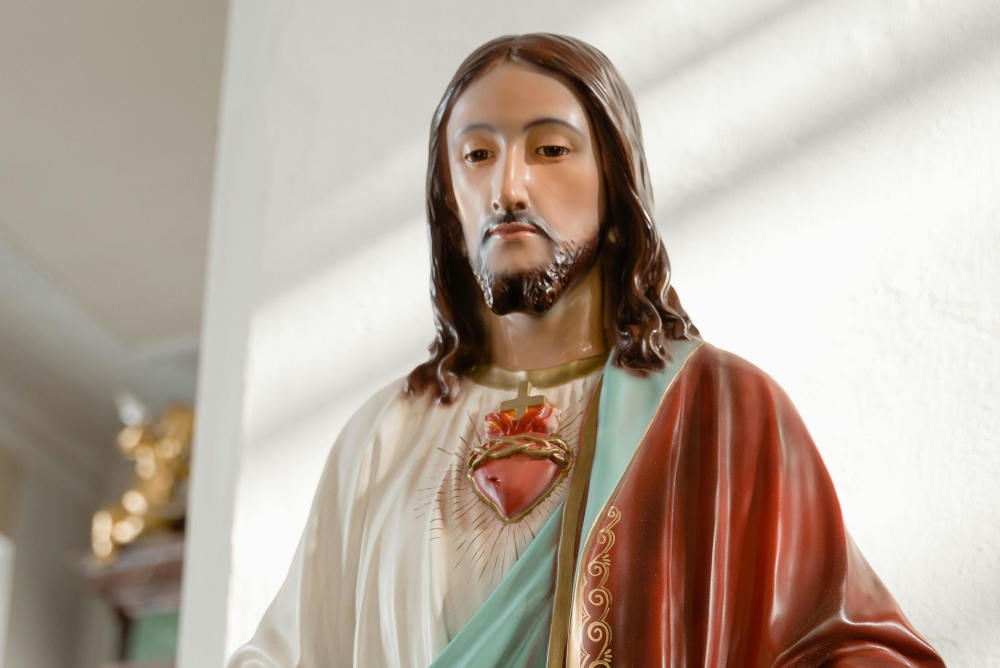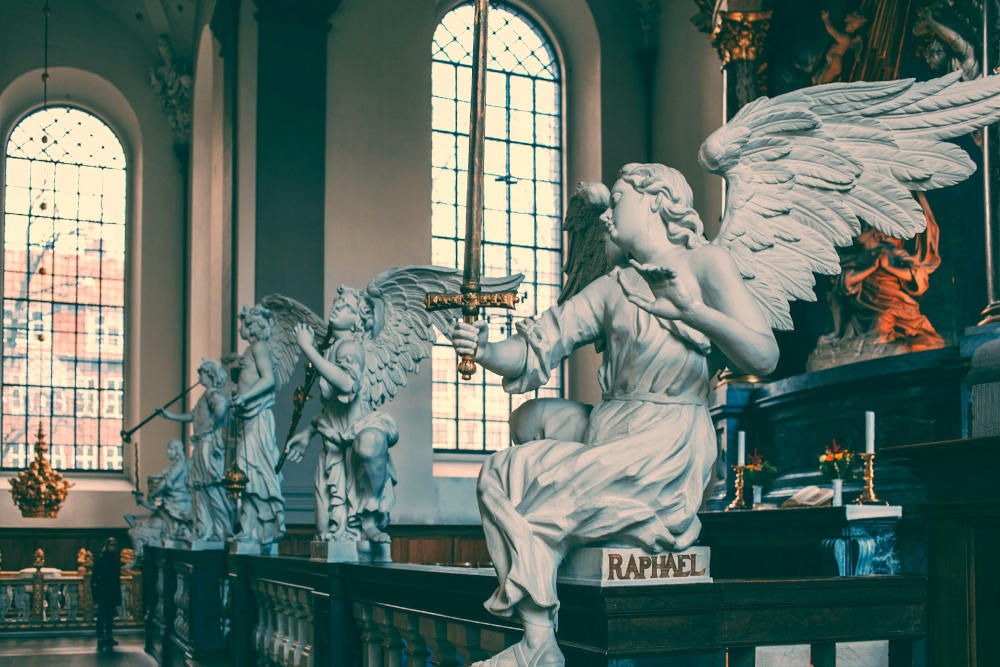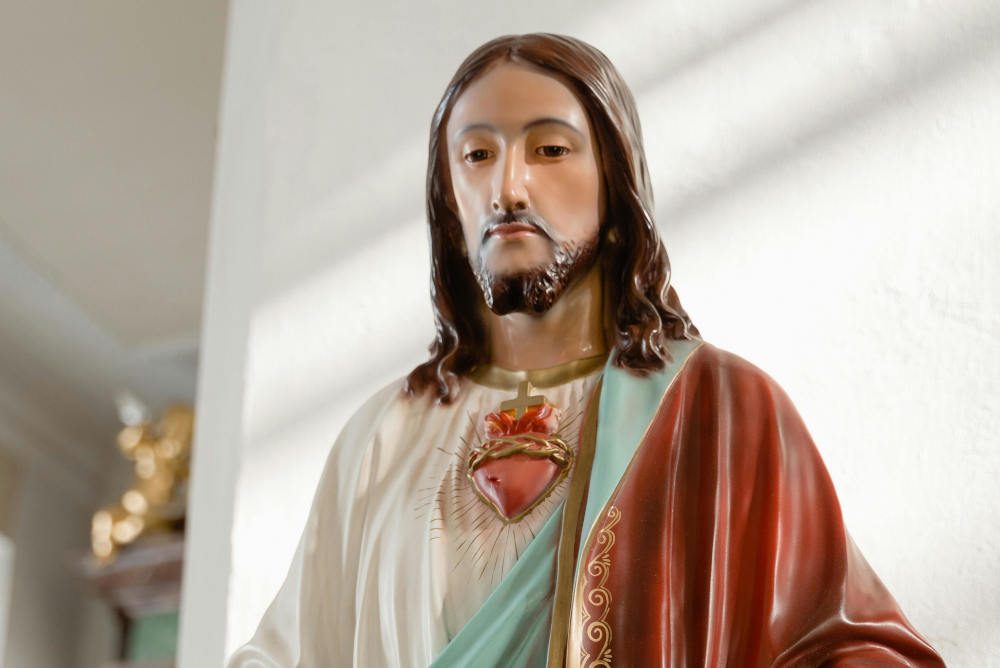
Spread across a wide area of land, Native Americans have many different tribes, each with their cultures, traditions, and types of traditional clothing. However, despite these differences, there are many similar clothing pieces and styles across tribes.
Before traders and settlers, Native Americans had to create clothing out of what they could find in their natural environment and develop sewing skills passed down from generation. Many of these skills and traditions are still used today by Native Americans.
Traditional clothing is still worn for ceremonial and celebratory occasions. Many Native Americans also mix traditional clothing with more contemporary styles for everyday wear. Traditional clothing is considered sacred and continues to connect Native Americans to their heritage and traditions,
Panaprium is independent and reader supported. If you buy something through our link, we may earn a commission. If you can, please support us on a monthly basis. It takes less than a minute to set up, and you will be making a big impact every single month. Thank you!
Material From The Land

All Native Americans constructed their clothing from what was available to them in their environment. Plains tribes used deer and bison hide and fur for their clothes, while tribes further up north in the Arctic relied on seal and caribou skin and hide to keep warm in their clothes.
Decorations on Each Piece
Every piece of clothing was decorated using items from the land such as wood, shells, bones, animal quills, and teeth. When the traders arrived in the 19th century, glass beads were introduced to the Native Americans and are to this day used to decorate their clothing.
Clothing items were dyed from the minerals, clays, and plants nearby.
How Their Clothes Were Made
The first Native Americans hand-sewed every piece of clothing, including all the adornment and decorations. Traditionally, men hunted for the hides and materials while women crafted the tribe's clothes from them.
Many Native Americans still hand sew and make their traditional clothes, taking deep pride in it and connecting to their ancestors and heritage through it.
Breechcloth

Breechclothes were worn by Native American men in hot environments. They consisted of material rucked to a belt voucher in eh front and back of men’s waists with no shirt. Also known as a loincloth, this piece of clothing is not generally worn in the present day.
Dresses With Beads

Many native american women wore dresses made from hides and adorned with beads throughout. A dress for an adult female would take several skins and weigh anywhere from thirteen to sixteen pounds.
Each dress was custom sized for each woman and no two dresses were decorated the same way.
Patterns and Symbols

Each piece of clothing is uniquely decorated to represent the person wearing them, the different stories, and symbols, and colors of their unique tribes. All pieces are of special significance to Native Americans as they bring honor to their tribe and family by carrying on their teachings, heritage, and traditions.
Moccasins

Mocassins were the most common footwear of Native Americans and continue to be worn. Each tribe has its own way of constructing and decorating their moccasins. Many moccasins are the colors of each tribe, and their decorations reflect the stories and values of their tribe.
War Bonnet

Nowadays seen at ceremonial events and powers, a war bonnet was and is considered a sacred piece. This headdress is made from eagle feathers, which are seen as one of the highest honors.
Each eagle feather on a headdress represents a selfie act of courage and honor or work and service to the community. The majority of war bonnets are worn by Native American leaders and elders who have earned their feathers throughout their lifetime.
Roach (Headdress)

Even though the war bonnet is more well-known, more Native Americans would wear a roach instead. A roach is a headdress made from porcupine hair and other animal hair, often dyed a vibrant color like yellow or red. They are worn by dancers at powwows and used to be worn by veterans of combat.
Jingle Dress

A jingle dress is a brightly patterned dress, covered in noise-making material. It continues to be worn by Native American women during powwow dances. Traditionally, the noise makers were crafted from chewing tobacco coan lids, rolled into cones. In modern days, they are made from tin.
The jingle dress is believed to come from a dream from a medicine mand or Medewinni who envisioned the dresses and songs and was told how to construct them.
Poncho

Although the Spanish people in places like Brazil and Mexico are thought to have first worn the poncho, it is believed Native Americans wore them well before. A poncho is easy to make and shelters against a wide array of weather from sun to rain, and cold and snow.
The poncho continues to be a versatile, practical piece worn by Native Americans in a variety of locations and climates.
Dush-Toe

A dush-toe is a hair ornament worn by Native American women during dances. It is an embellished accessory in the shape of a butterfly or hourglass shape, often with ribbons flowing downwards from it. Each dush-toe is uniquely adorned with beads, imagery, and patterns for the woman.
Ribbon Clothes

Ribbons are seen throughout many Native Americans' clothes. They are considered sacred, with each ribbon symbolizing identity, resilience, and survival. Ribbons are hand-sewn to make ribbon skirts, dresses, and more.
Each piece made from robbins represents the person wearing them and their unique diversity and strength. Ribbon clothes are still worn for ceremonial purposes, dances, and for powwows.
Parka

In colder climates, Native Americans wore parkas. Inuits, Native Americans in northern Canada and Alaska, were the first people to create and wear this piece. Traditionally, a park was constructed from animal hide, with the animal fur still attached on the inside to keep warm.
Nowadays, many Inuits still wear parkas made from skin and fur, while other Native Americans may wear a hybrid of modern fabric with a fur hood.
Bandolier Bag

A bandolier bag is a shoulder pouch made from leather. Native American men first wore it to store their special items such as tobacco, pipes, medicine, and flint for starting fires. Nowadays, both men and women wear this bag for day-to-day errands, as well as for powwows and special ceremonies.
They are often decorated with beads, embroidery, and other decorations, crafted individually for each person and each bag.
Was this article helpful to you? Please tell us what you liked or didn't like in the comments below.
About the Author: Shelby Bonner
What We're Up Against
Multinational corporations overproducing cheap products in the poorest countries.
Huge factories with sweatshop-like conditions underpaying workers.
Media conglomerates promoting unethical, unsustainable products.
Bad actors encouraging overconsumption through oblivious behavior.
- - - -
Thankfully, we've got our supporters, including you.
Panaprium is funded by readers like you who want to join us in our mission to make the world entirely sustainable.
If you can, please support us on a monthly basis. It takes less than a minute to set up, and you will be making a big impact every single month. Thank you.































0 comments